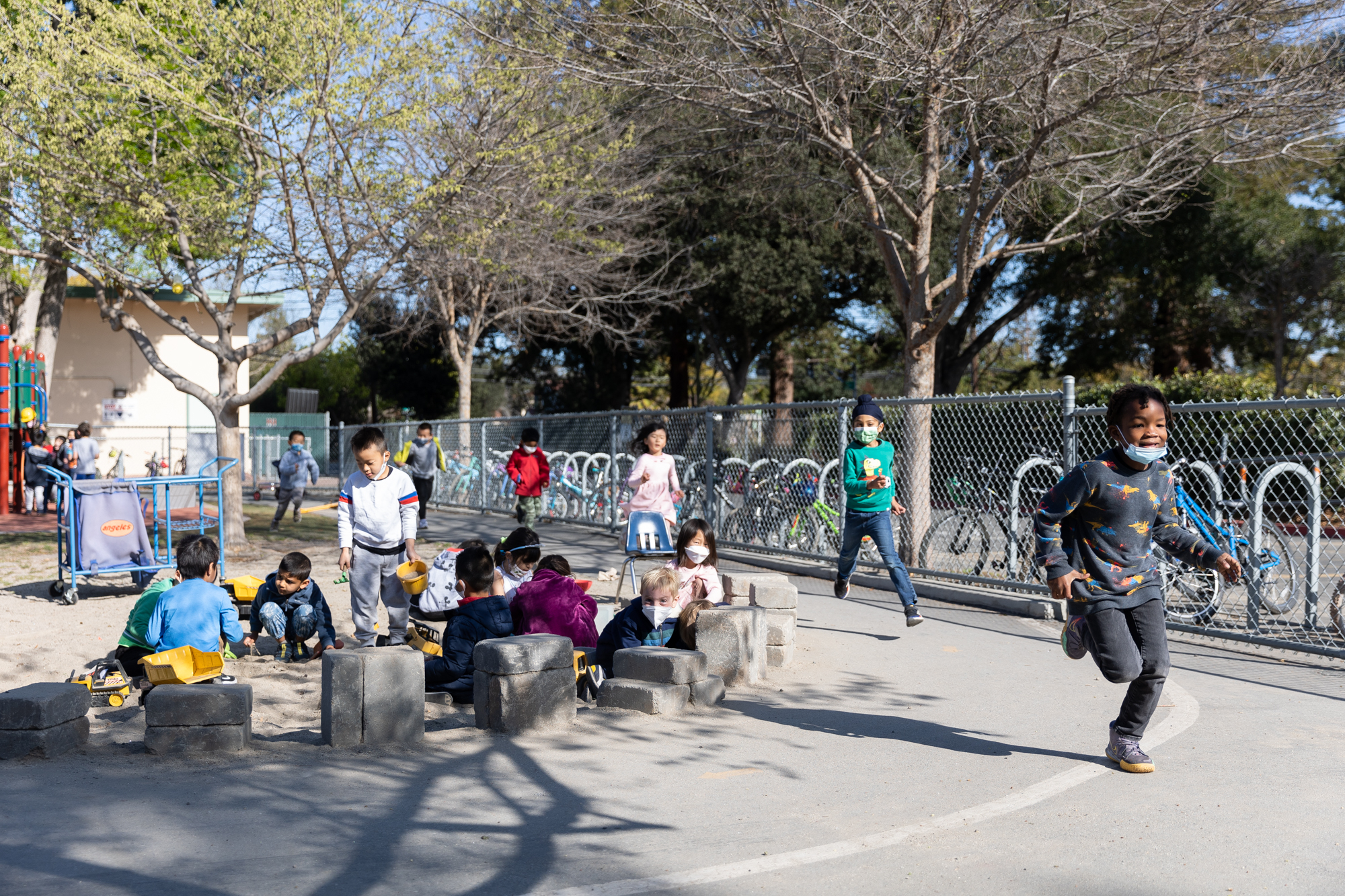The Palo Alto Unified School District's budget for next school year projects relatively balanced revenues and expenditures, with district staff focused on directing resources toward mental health programs and other supports for students.
The budget, which the district Board of Education unanimously approved June 21, includes expected revenues totaling $294.4 million and expenditures of $290.3 million.
The district plans to allocate an additional $1.4 million to mental health services next school year, Chief Business Officer Carolyn Chow told the Weekly. That's on top of the roughly $15 million that the district already spends on mental health and will fund an initiative to directly hire mental health staff rather than rely primarily on contracts with outside agencies.
The district also will expand its existing transitional kindergarten program to comply with a state law that takes effect this fall. The law requires school districts to start or expand transitional kindergarten classes over several years, with free instruction available for all 4-year-olds by the 2025-26 school year.
Palo Alto Unified expects to spend $400,000 to expand its existing program next school year, with another $400,000 increase budgeted for the 2023-2024 school year, Chow said, adding that the school district won't receive any funding from the state to cover its costs.
One positive change since June 21 is that the final state budget included additional funding for school districts to provide after-school care for low-income and otherwise underserved students in transitional kindergarten through sixth grade. The district will receive $1,250 per qualifying student, Chow said, which she noted will not be enough to cover the full cost of the required program.
Anticipating the future
At a June 7 meeting, school board member Todd Collins said that he thinks the budget for next year is fine but noted that we are currently seeing high levels of inflation and the broader economy could be headed towards a recession, which has the potential to impact the housing market, and in turn, the district's finances.
Palo Alto Unified is largely funded through local property taxes, which the budget assumes will increase by 2.25% next school year and 2% in the following years.
"It would be wise, and you're probably already doing this, to ... develop the 'batten down the hatches' plan in the event that we see a meaningful slowdown in our revenue while costs continue to be high and increasing," Collins told district staff.
The district expects its revenue to fall by roughly $7.1 million next school year, but the decrease is largely attributable to the absence of one-time COVID-19 relief money that the district received from the state and federal governments this past school year.
Despite the decrease in revenue, the district is still projecting a $3.3 million surplus, which Chow described as "very nearly" balanced, representing just over 1% of the district's total fund balance.
In the following three school years, the district is currently projecting deficit spending ranging from $4.3 million to $6.1 million each year. However, Chow noted that's based on currently available information and may change for the positive as property tax numbers come in, as well as information on enrollment and staffing.
Palo Alto Unified has also seen its student population decrease in recent years, dropping from roughly 12,500 students in the 2015-16 school year to 10,500 students last school year. The district's budget assumes 10,500 students for the next three school years, but Chow said that enrollment numbers are under constant review.
"We are also very carefully watching our staffing as we move forward so that we continue to be appropriately staffed for the number of students that we have," Chow told the board on June 7.
As the student population shrinks, generally fewer staff are needed.
While working to make sure its staff numbers match the student body population, Deputy Superintendent Trent Bahadursingh told the Weekly that the district has not had to do any layoffs, instead reducing its numbers through retirements, people moving out of the area and other staff departures.
The 2022-23 budget doesn't include any raises for teachers or other staff because the current union contracts ran through last school year and the next set of negotiations are expected to begin in the fall.
The budget does include the cost of salary increases that teachers automatically receive based on longevity in the district and education level. Also included are increased costs that the district has to pay into the state public employee pension system.



Comments